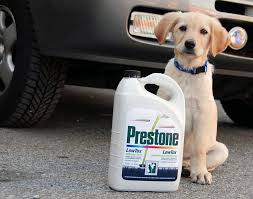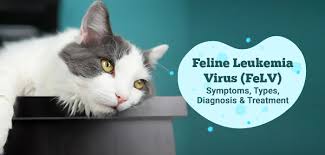Hot Spots or Moist Dermatitis in Dogs
Hot spots, also known as acute moist dermatitis, are a common and painful skin condition in dogs. Hot spots are localized areas of skin inflammation and infection, often characterized by redness, swelling, and moisture. They are typically caused by the dog’s excessive licking, biting, or scratching at a particular area. Hot spots can develop rapidly … Read more









